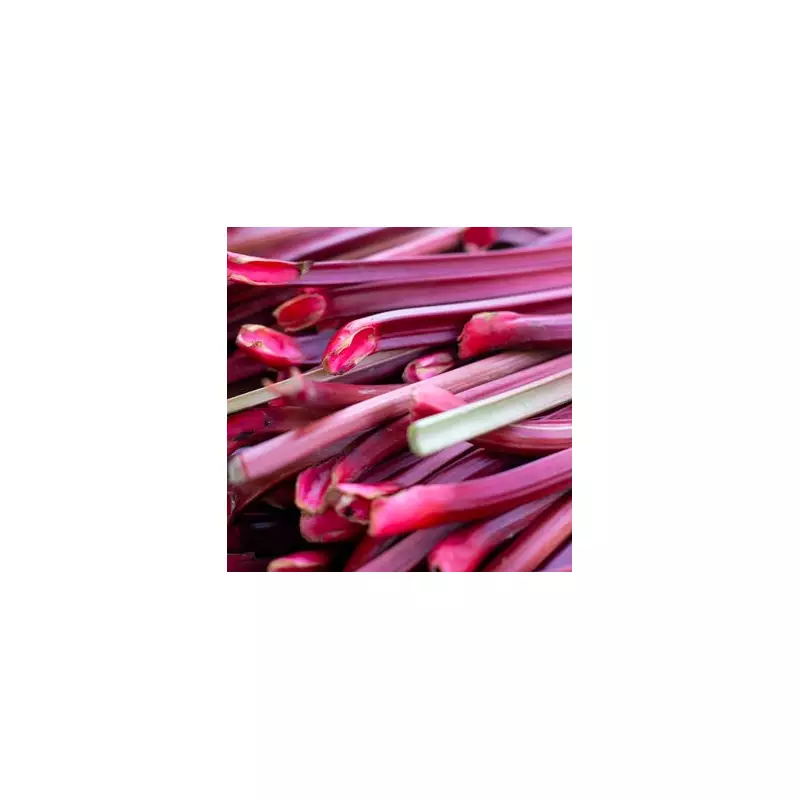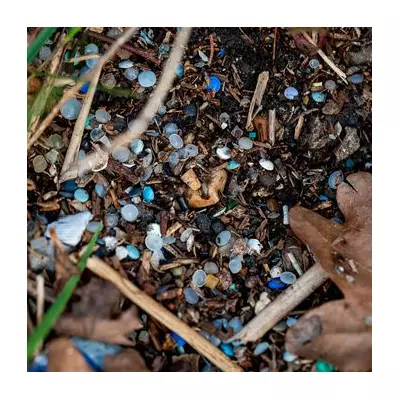
As summer temperatures rise across Britain, many gardeners are noticing an alarming sight - their once lush green lawns are developing unsightly yellow and brown patches. But before you reach for the hose, experts are warning that one common watering mistake could be making the situation worse.
The Watering Blunder Damaging British Lawns
According to gardening specialists, the instinct to water your lawn during sunny weather is actually causing more harm than good. The problem lies not in watering itself, but in the timing.
Watering during daylight hours, particularly in direct sunlight, can literally scorch your grass, leaving behind those tell-tale yellow patches that many homeowners mistakenly attribute to lack of water.
Why Timing is Everything
When water droplets settle on grass blades in bright sunlight, they act like miniature magnifying glasses, concentrating the sun's rays and burning the delicate grass beneath. This phenomenon, similar to using a magnifying glass to start a fire, can cause significant damage to your lawn.
Garden expert Kate Turner explains: "It's a common misconception that lawns need watering during the hottest part of the day. In reality, this is the worst possible time as the water droplets can focus sunlight and burn the grass blades."
The Perfect Watering Schedule
So when should you water your lawn? Gardening professionals recommend these optimal times:
- Early morning (before 10am) - allows water to penetrate deeply before evaporation occurs
- Evening (after 6pm) - gives grass time to absorb moisture overnight
This timing not only prevents scorching but also ensures water reaches the roots where it's needed most, rather than evaporating in the midday heat.
Additional Summer Lawn Care Tips
Beyond proper watering timing, experts suggest these additional measures to maintain a healthy lawn through summer:
- Allow grass to grow slightly longer to provide natural shade for roots
- Avoid cutting grass during drought conditions
- Use rainwater collected in water butts when possible
- Consider leaving some areas unwatered to support local wildlife
By making these simple adjustments to your gardening routine, you can maintain a vibrant, healthy lawn throughout the summer months while avoiding the common pitfalls that plague many British gardens.





